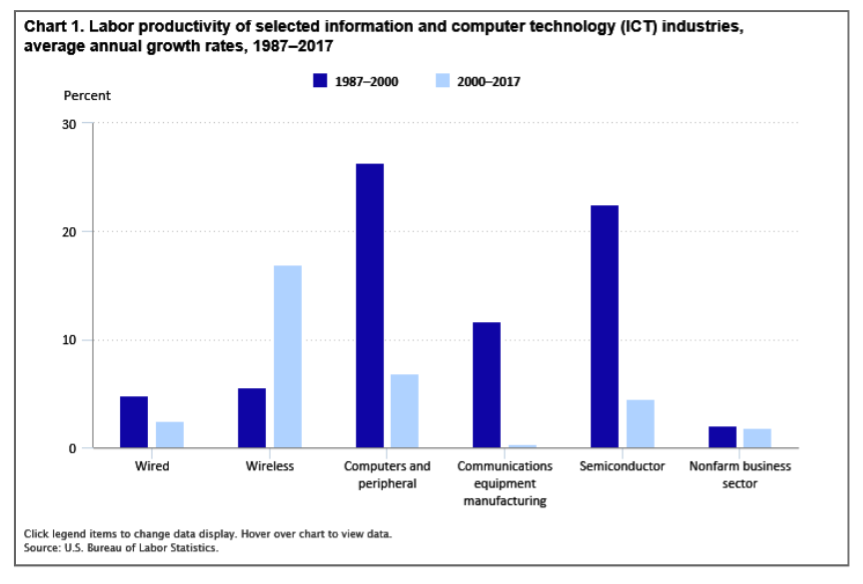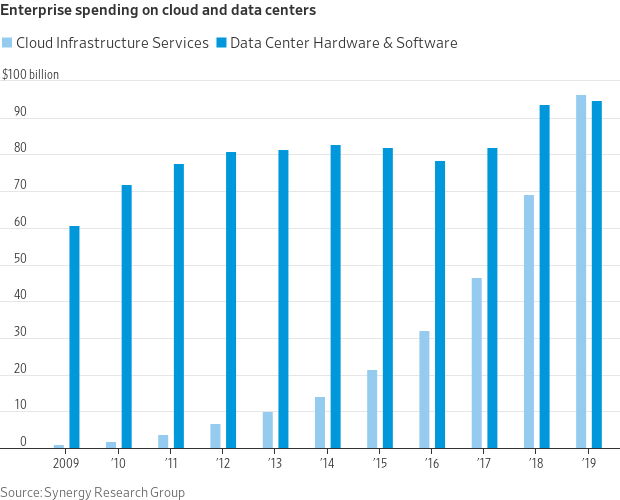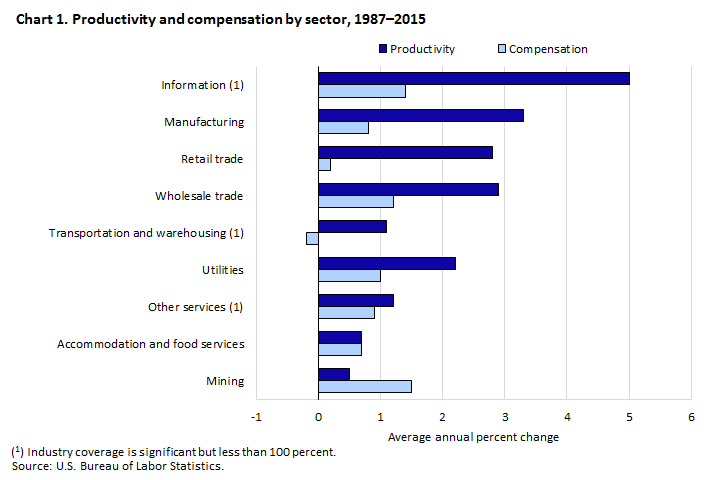Business friction is anything that prevents a potential customer from buying your product or service. In a broad sense, friction applies to every part of a business: strategy, product development, technology, distribution channels, marketing, customer service, governance, human resources, capital resources, information technology, customer segmentation and supply chains.
The immediate thought is that frictionless business involves only “efficiency,” with the least resource input for any given level of output. Frictionless business actually also applies to “effectiveness,” the ability of a business or organization to achieve results that matter.
According to the U.S. Bureau of Labor Statistics, for example, the productivity (efficiency) of industries including fixed networks, computers and peripherals, communications equipment, semiconductors and non-farm businesses actually saw increased friction (lower productivity) between 2000 and 2017, compared to the 1997 to 2000 period.

source: U.S. Bureau of Labor Statistics
Only the mobile service provider business saw higher productivity over the same time frames. Keep in mind that “productivity” is a combination of output and input--goods and services volume produced compared to the hours required to create those products--along with end user demand.
Friction can result from any combination of changes in either supply or demand. In the case of fixed network services, much of the fall in productivity comes from reduced demand for the products, and hence lower sales volumes. Even as inputs have been trimmed over time, the lower capital investment or operating costs have not fallen equally fast.
There is a greater amount of stranded assets, for example, as the percentage of homes or businesses buying legacy services drops. That means the overhead cost of the network has to be borne by fewer paying customers.
Adoption (percentage of potential customers who actually do buy) also matters. These days, “everybody” uses a mobile service. Less than half of households buy even a single fixed network service from any supplier.
Frictionless business is the sum total of all actions any business can take to overcome friction, creating and keeping customers, increasing the volume of products sold to those customers with acceptable profit margins, maintaining or increasing market share with superior return on investment.
Frictionless business reduces every barrier to business success, allowing firms to operate more effectively--doing the right things--as well as efficiently, with minimal waste and maximum productivity.
Companies that operate with less friction are able to achieve superior results with less resource intensity. To the extent that cloud computing represents a more effective way to deliver internet-based apps and services, as well as providing cost savings and flexibility, it represents a move in the direction of frictionless business.
To the extent that hyperscale and other data centers are required to support cloud-based apps, and to the extent that cloud apps represent higher value for customers and users, higher revenues and profits for suppliers, featuring new products available at lower costs and with different business models, data centers represent a move in the direction of frictionless business.

source: Wall Street Journal, Synergy Research
Friction matters for employees and workers as much as it does for companies. One sometimes hears it said that income inequality or wealth inequality is the result of “greedy” people. But worker compensation is directly related to productivity, itself an indicator of friction.
Where friction is least, compensation is highest; where friction is greatest, compensation arguably is lowest. In food services and accommodation, for example, compensation change is directly--one for one--related to changes in productivity. Mining has negative productivity. In the short run, compensation outstrips gains in produced goods.
Information technology nearly always has the highest improvements in productivity, with comparably lower changes in compensation. That is partly because production is “asset light.” Digital goods are easy to create and reproduce, compared to physical goods.
Higher usage (demand) is not related in a linear way to the costs of producing the next incremental units.

source: Bureau of Labor Statistics
